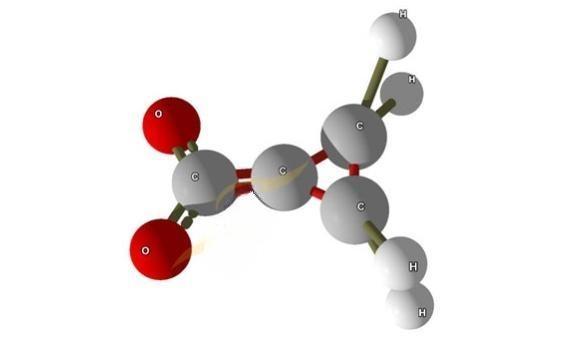
- +86-13363869198
- weimiaohb@126.com

Sep . 23, 2024 13:25 Back to list
Wholesale Procaine HCl CAS 59-46-1 High-Quality Pharmaceutical Ingredients for Bulk Purchase
Exploring Procaine HCl Composition, Uses, and Industry Insights
Procaine hydrochloride, commonly referred to as Procaine HCl, is a local anesthetic that has found its place in both medical and industrial applications. With a chemical formula of C13H18N2O2•HCl and a CAS number 59-46-1, Procaine HCl is recognized for its efficacy and relatively low toxicity compared to other anesthetics. Its development in the early 20th century paved the way for safer surgical procedures and pain management.
Chemical Properties and Composition
Procaine HCl belongs to the ester group of local anesthetics, where it acts by blocking the transmission of nerve impulses in the area where it is applied. The compound is a white crystalline powder and is soluble in water, which facilitates its use in injectable forms. Procaine HCl's chemical structure allows for a rapid onset of action, making it an ideal choice for procedures that require quick relief from discomfort.
Medical Applications
In clinical settings, Procaine HCl is most commonly used in dentistry and minor surgical procedures. It provides localized anesthesia, allowing dentists to perform work on teeth and gums without causing pain to the patient. Beyond dentistry, its applications extend to various settings such as pain relief in minor surgical procedures and as a part of regional anesthesia.
Additionally, Procaine HCl has seen some use in alternative medicine, where it is sometimes administered for its potential benefits in treating chronic conditions, including fibromyalgia and pain associated with neuropathy.
wholesale procaine hcl cas 59-46-1

Market Demand and Wholesale Dynamics
The wholesale market for Procaine HCl is influenced by multiple factors, including the ongoing demand from pharmaceutical companies, healthcare providers, and the growing interest in pain management solutions. As the global population ages, the need for effective and safe anesthetic solutions continues to rise, fueling demand in various regions.
Wholesale distributors play a key role in ensuring the availability of Procaine HCl to hospitals, clinics, and pharmacies. The regulatory landscape surrounding anesthetic agents is strict, which necessitates reliable supply chains compliant with health and safety standards. Vendors are expected to provide high-quality products that adhere to rigorous testing and certification processes.
Conclusion
Procaine hydrochloride remains an essential part of medical practice, offering effective local anesthesia with a favorable safety profile. As the landscape of pain management evolves, the role of Procaine HCl continues to be relevant. The wholesale market surrounding this compound is dynamic, driven by advancements in healthcare and the increasing demand for safer anesthetic options. Stakeholders in the industry—from manufacturers to medical professionals—must maintain vigilance regarding product quality and regulatory compliance to ensure the continued safe and effective use of Procaine HCl in clinical and therapeutic settings.
In summary, Procaine HCl stands out not just for its clinical applications, but also for its implications in market strategies, health care evolution, and the continuous pursuit of improved patient care methodologies.
-
Top CAS: 79099-07-3 Factories & Wholesale Supplier from China
NewsJul.30,2025
-
High-Quality GS-441524 for White Liquid Type Factories & Suppliers
NewsJul.29,2025
-
High-Quality Pharmaceutical Intermediates for Sale – Reliable Supply
NewsJul.29,2025
-
High-Quality Pharmaceutical Intermediates for Sale - Reliable Solutions
NewsJul.29,2025
-
High-Quality Pharmaceutical Intermediates Supplier for Global Market
NewsJul.28,2025
-
GS-441524 for White Liquid Type Factories – High Purity & Reliable Supply
NewsJul.28,2025